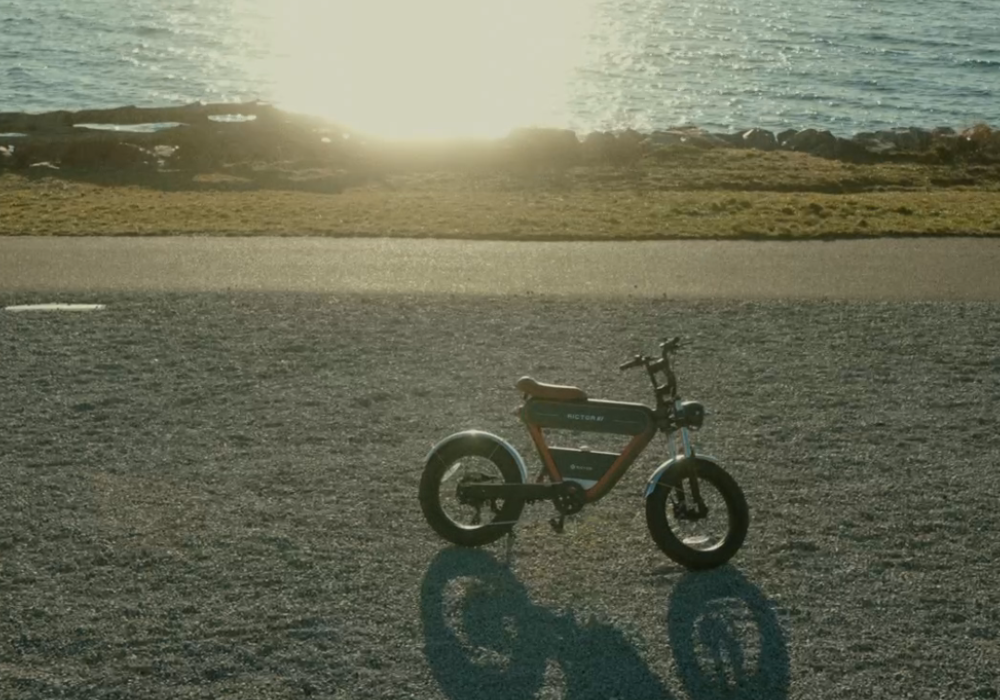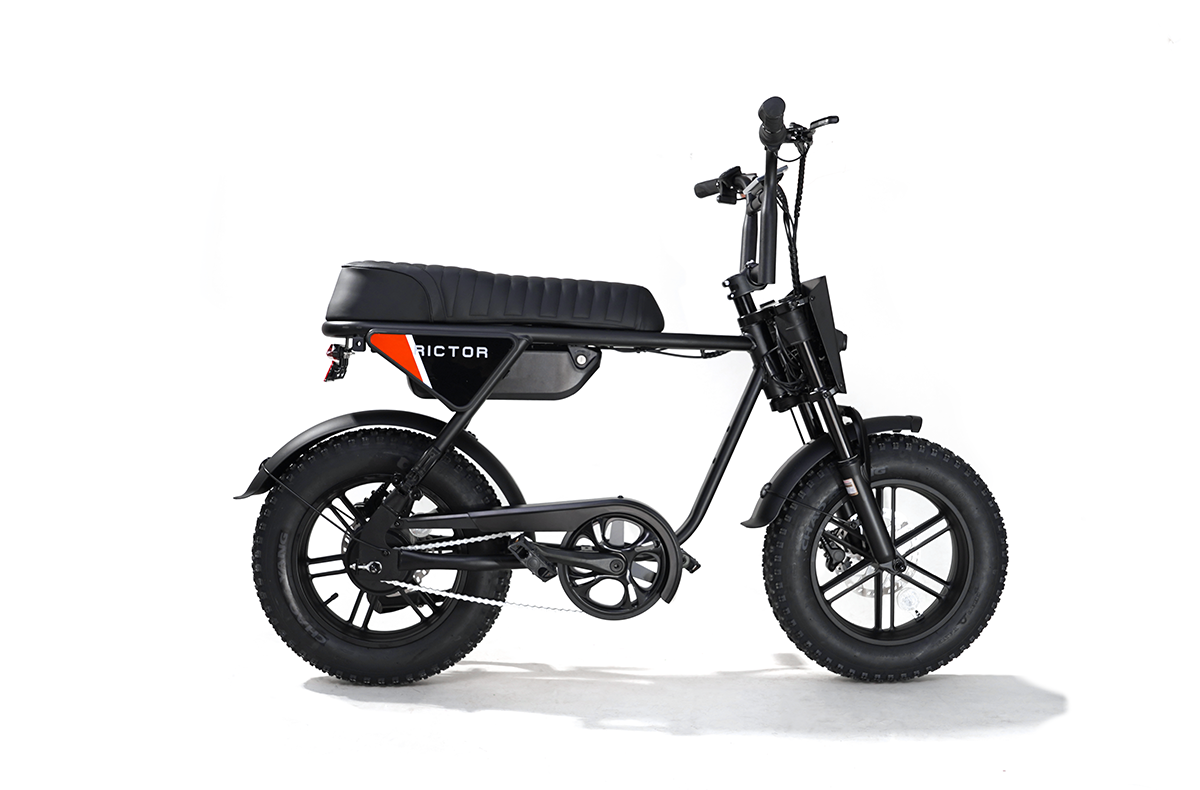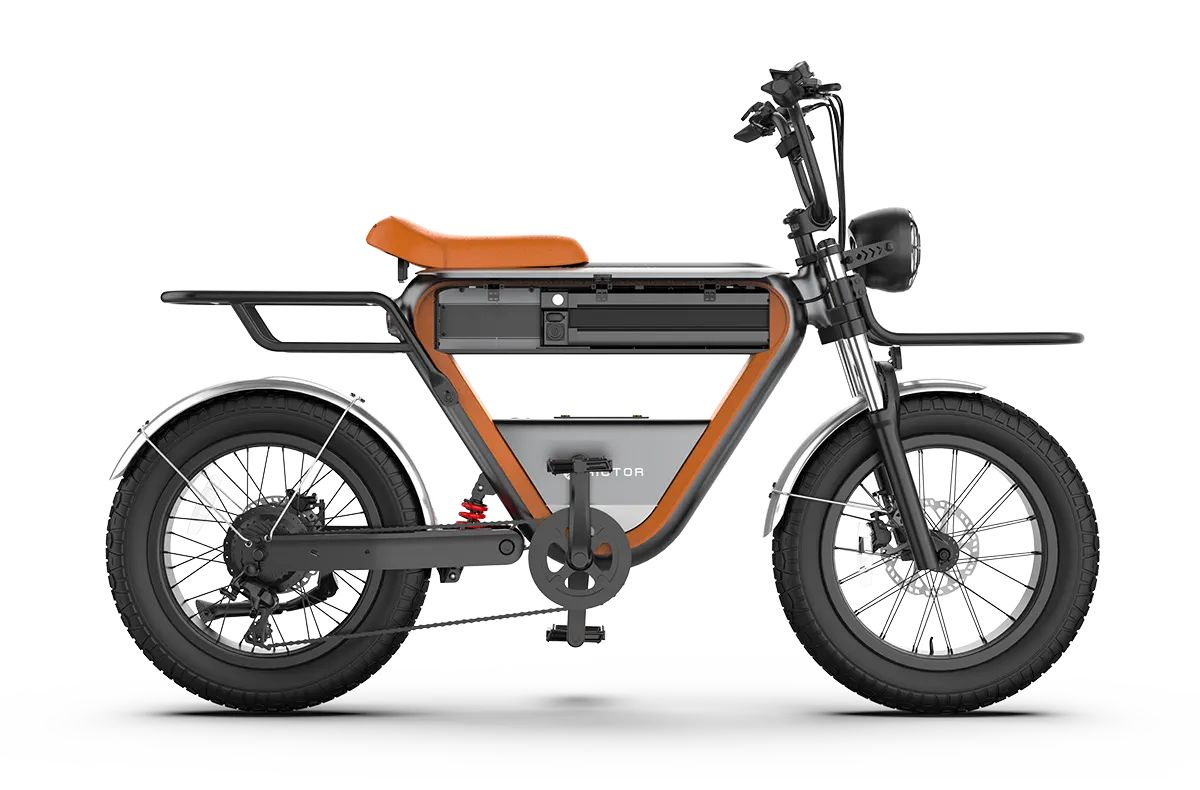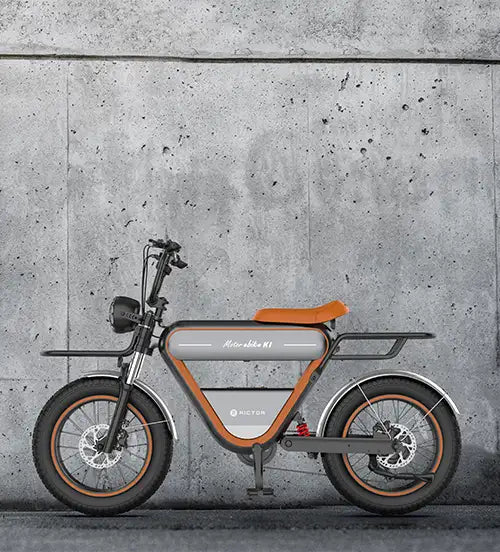
How to Charge an Ebike Battery Without a Dedicated Charger
Finding yourself with a dead ebike battery and no proper charger can be frustrating, especially when you're counting on your electric bike for transportation. While dedicated chargers remain the safest and most efficient option for charging your ebike battery, several alternative methods can help you power up in emergency situations.
Ebike Battery Basics
Before attempting any alternative charging method, it's crucial to understand what type of battery your ebike uses. Most modern electric bikes use lithium-ion batteries that typically operate at voltages between 36V and 52V, depending on the model. These batteries require careful voltage regulation (typically 4.2V per cell) and protection circuits to prevent potentially dangerous overcharging situations.
Your ebike battery pack consists of multiple individual cells connected in series and parallel configurations. Improper charging techniques can not only damage these expensive battery packs but also create serious safety hazards including fire risks.
Power Supply Method for Ebike Batteries
One of the most reliable alternative methods involves using an adjustable power supply with voltage and current limiting capabilities:
For an ebike battery, you'll need to calculate the correct charging voltage based on the number of cells in series. A typical 36V ebike battery has 10 cells in series, requiring approximately 42V for full charging (10 × 4.2V). Similarly, a 48V battery would need about 54.6V.
Set appropriate current limits to avoid damaging the battery. Most ebike batteries charge safely at 2-4 amps, but checking your original charger's specifications is recommended for the optimal value. Never exceed the manufacturer's recommended charging current.
The process requires constant monitoring - never leave this type of charging setup unattended as it lacks the sophisticated protection circuits found in dedicated chargers. Keep a close eye on the battery's temperature during charging and disconnect immediately if it becomes unusually warm.
SEE ALSO Replacing Your E-Bike Battery Is Easy
Using Car Batteries and Inverters
In remote locations, you might leverage a car battery with an inverter:
Connect a power inverter to your car battery to convert the 12V DC power to 110V AC power. Then use your regular ebike charger with this setup if you have it. This method essentially uses your car as a portable power station.
If you only have the car battery but no inverter or regular charger, you could theoretically create a DIY setup with voltage regulators, but this is significantly more complex and risky without proper equipment and knowledge.
Solar Charging Solutions for Ebike Batteries
Solar panels offer an eco-friendly alternative for charging ebike batteries in outdoor settings:
Portable solar panels with appropriate voltage regulators can charge ebike batteries when camping or during extended outdoor trips. You'll need panels that can provide enough voltage to charge your specific battery (typically 42-54V depending on your ebike model).
For best results, use solar panels that output at least double your daily power consumption. A 200-300 watt solar setup is typically sufficient for most ebike charging needs, though charging times will be significantly longer than with wall power.
Many commercial solar chargers designed for ebikes include the necessary voltage regulation and safety features, making them a safer choice than DIY solutions.
Power Banks and Emergency Charging
Some specialized power banks can provide emergency charging for ebike batteries:
High-capacity power banks with appropriate output voltages can provide a partial charge to get you home in emergencies. Look for power banks that specifically mention ebike compatibility, as standard power banks typically don't provide enough voltage.
These emergency solutions won't fully charge your ebike battery but can provide enough power for a few additional miles of assisted riding - often enough to get you home or to a location with proper charging facilities.
DIY Charging Solutions for Technical Users
For technically inclined ebike owners, several DIY options exist, though these come with increased risks:
The TP4056 charging modules can be configured for larger batteries, though you would need multiple modules properly connected to handle the voltage requirements of ebike batteries. This approach requires solid understanding of electronics and battery management.
Custom charging solutions using appropriate voltage regulators and protection circuits can be built, but these should only be attempted by those with strong electronics knowledge. Proper balance charging is essential for lithium battery safety.
Critical Safety Tips for Ebike Battery Charging
When charging ebike batteries without dedicated chargers, always observe these safety guidelines:
Never leave charging unattended, especially with DIY methods. Lithium batteries can catch fire if improperly charged, potentially causing significant property damage or personal injury.
Avoid charging damaged batteries as they may leak, catch fire, or explode. If your ebike battery shows signs of physical damage, swelling, or unusual heat during normal operation, discontinue use immediately.
Most importantly, understand that ebike batteries contain sophisticated battery management systems (BMS) designed to protect the cells. Alternative charging methods may bypass these protection mechanisms, increasing risks substantially.
Always monitor the battery temperature during charging; disconnect immediately if the battery becomes hot to the touch. Proper ventilation is essential during any charging process.
Always check the battery temperature during charging; unplug immediately if the battery gets hot. The RICTOR K1 comes with a smart dual-battery system for 20 inch fat tire ebike, and when used with the RICTOR battery base, lets you turn one battery into a portable power bank!
Conclusion
While these alternative methods can help in emergencies, they come with inherent risks and limitations. Whenever possible, use the manufacturer's recommended charger for your specific ebike battery. These alternative methods should be considered temporary solutions rather than long-term charging strategies.
Investing in a spare official charger or a compatible third-party charger designed specifically for your ebike model is generally a better solution than relying on improvised charging methods. The cost of a new charger is minimal compared to the price of replacing a damaged battery pack or dealing with potential safety incidents.
FAQs
Can I use a car battery charger to charge my ebike battery?
No, car battery chargers are designed for lead-acid batteries and provide incorrect voltage and charging profiles that can damage or destroy lithium ebike batteries.
How long will it take to charge my ebike battery using solar panels?
Charging time depends on solar panel wattage and battery capacity, but typically takes 6-10 hours of direct sunlight with a properly sized system.
Is it safe to build my own ebike battery charger?
DIY charging solutions carry significant risks without proper knowledge and safety components. Only attempt if you have strong electronics experience and understand lithium battery safety.





